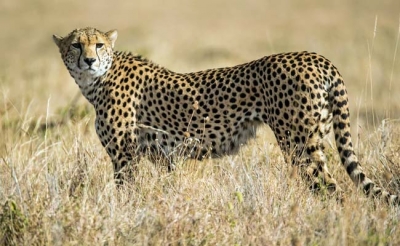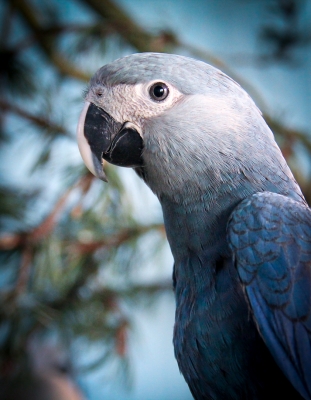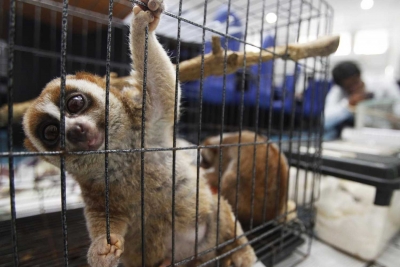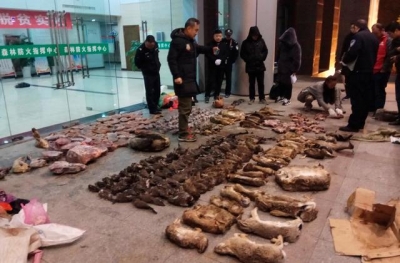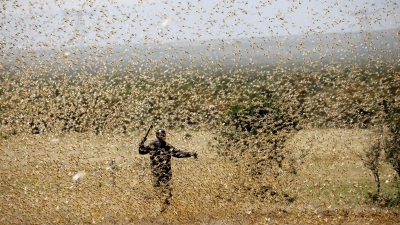
The word “locust’ has been in the environment sections of all newspapers for some time. On some days, news about them appeared on the front page. Here are samples.
[1] ‘The UN’s Food and Agriculture Organisation (FAO) said earlier this week that Somalia and Ethiopia were facing a Locust infestation that is destroying crops and threatening food security in the region. On Saturday, Somali farmers urged their government and the international community to help protect crops from the invasion.”
[2] ‘The FAO has reported farmers are facing “devastating threat” to their crops.” “A single locust plague can lead to a loss of 170,000 tonnes of grain, enough to feed one million people for a year,” the organisation said. The insects have already destroyed at least 175,000 acres of farmland in Somalia and Ethiopia, according to the FAO.
[3] A swarm of what appeared to be locusts forced a passenger plane off its course in Ethiopia. Pilots were preparing to land the Ethiopian Airlines flight from Djibouti to Dire Dawa when clouds of insects slammed into the plane’s engines, wind-shield and nose. They tried in vain to clean the windscreen with the plane’s wipers. Thirty minutes later the plane landed safely in the capital Addis Ababa.”
[4] “Somalis fight invading Locusts by eating them. Somalis are battling the worst invasion of Locusts in 25 years. They have resorted, to eating the insects to stop them from destroying crops. Local media reports have shown, residents central Somalia frying Locusts and serving them with rice, with one man staging the desert insects are tastier than fish.. Another man told Universal Somali TV he believes eating the insects could, help reduce his back pain and blood pressure, while some residents have apparently urged local restaurants to introduce locust dishes.”
[5] “Mauritania is planning to use drones to monitor the Locust swarms in the locust swarms in their country.” ‘The drones will track and monitor desert Locusts and instigate early-warning operations before the swarms arrive so that appropriate action can be taken,” said a report. The Latest round of tests, announced, in September 2019, will represent a “critical stage” in the fight against the locust plague, Secretary-General of the Mauritanian Rural, Development Ministry Ahmedou , Ould Bouh said.
This year’s tests are expected to confirm whether improvements made to drones wilt demonstrate their usability in the harsh desert conditions, and pave the way for their wider use in the region.
[6] “Pakistan declared an emergency earlier in February, 2020, saying locust numbers were the worst in, more than two decades. The Chinese government announced, recently it was sending a team of experts to Pakistan to develop “targeted programmes” against the Locusts.” They would send ducks to control the numbers of Locusts. “An agricultural expert behind the scheme says a single duck can eat more than 200 locusts a day and can be more effective than pesticides. Lu Lizki, a senior researcher with the Zhejiang Academy of Agricultural Sciences said that the ducks are “biological weapons”. He said that while chickens could eat about 70 Locusts in one day a duck could devour more than three times that number. After a trial, the ducks would be sent to Pakistan’s worst-affected areas of Sindh, Balochistan and Punjab provinces. “China could, deploy 100,000 ducks to neighbouring Pakistan to help tackle swarms of crop-eating locusts.”
However, a professor from the China Agriculture University, who is part of the delegation to Pakistan, questioned, whether the ducks would be suited to the mainly arid conditions where the Locusts are a problem. “Ducks rely on water, but in Pakistan’s desert areas, the temperature is very high,” Zhang Long told reporters in Pakistan.”
Picture Credit : Google

